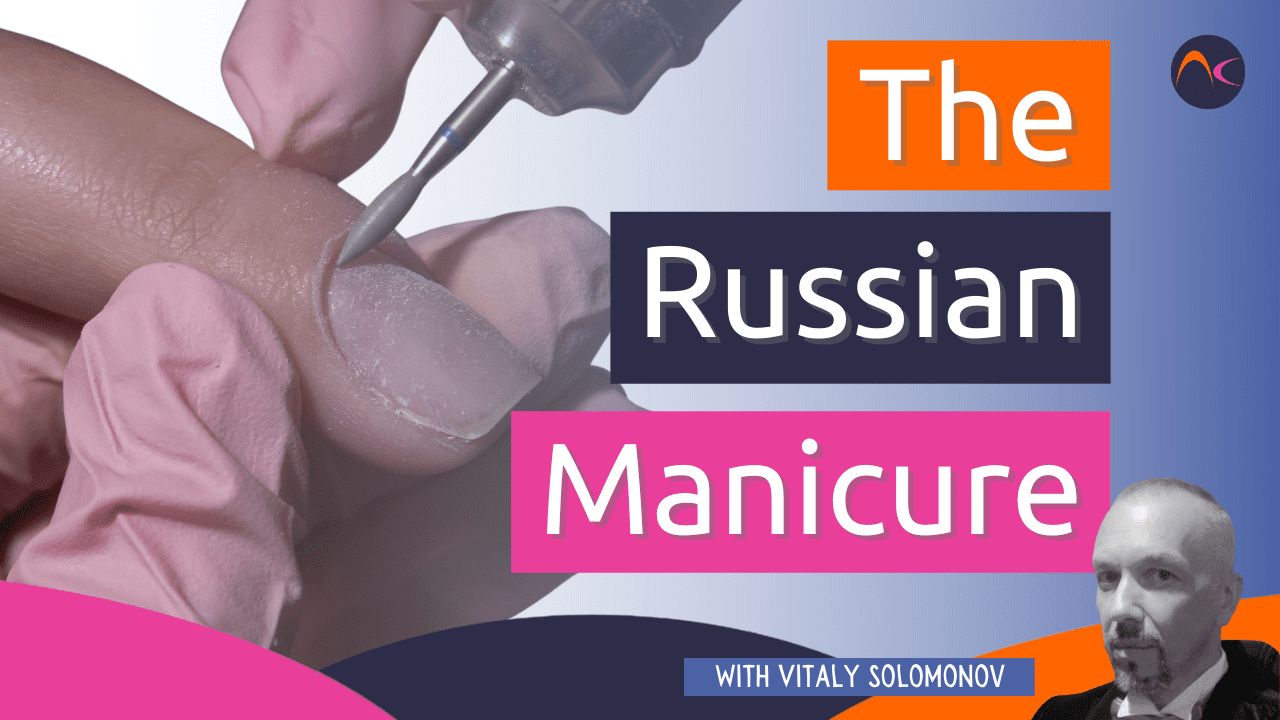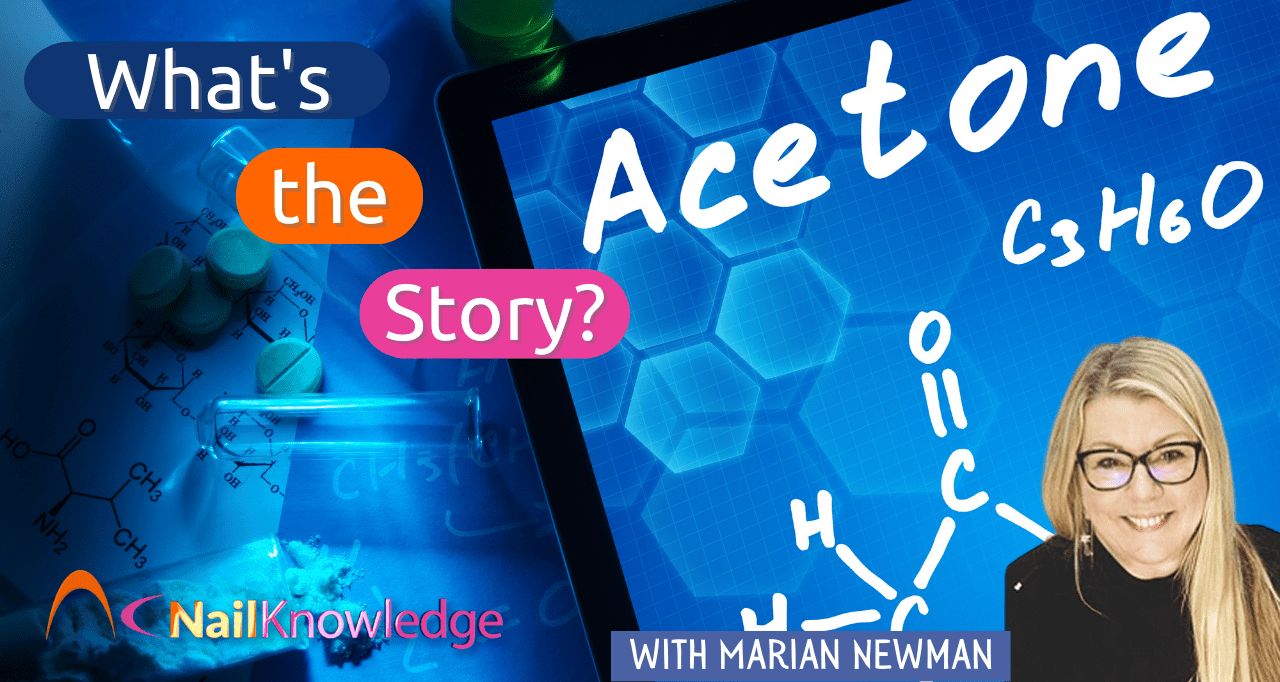La manicura rusa: Equilibrio entre belleza y riesgo en la cosmetología de uñas
In the world of nail cosmetology, achieving both beauty and health is a delicate art. The Russian manicure, a popular technique known for its gentle approach, has garnered attention for its ability to deliver aesthetically beautiful and healthy results simultaneously. However, beneath the flawless exterior, the use of harsh abrasives in this procedure can lead to hidden micro-injuries on the skin. It is crucial for professionals to understand the concept of controlled inflammation in cosmetology and recognize the fine line between beneficial and harmful practices. This article delves into the significance of comprehending inflammation in the context of the Russian manicure technique and highlights the potential risks it entails.
Entender la inflamación en cosmetología
En la búsqueda de una belleza impecable, a menudo se pasan por alto las imperfecciones. En el caso de la manicura rusa, los signos de enrojecimiento, irritación e hinchazón pueden descartarse como meras imperfecciones. Sin embargo, estos signos son en realidad síntomas de inflamación, que desempeña un doble papel en nuestro bienestar. Por un lado, la inflamación actúa como herramienta protectora y regeneradora de nuestra piel, mientras que, por otro, puede dar lugar a afecciones y enfermedades poco saludables si no se controla adecuadamente.
El papel de la inflamación controlada en la manicura rusa
La manicura rusa, famosa por su enfoque suave, se basa en el concepto de inflamación controlada para lograr sus extraordinarios resultados. Los profesionales deben comprender el delicado equilibrio entre la inflamación beneficiosa y la perjudicial para garantizar la seguridad y la eficacia. Aunque la formación física es esencial, la formación teórica es igualmente vital, ya que proporciona una comprensión exhaustiva de los entresijos de la inflamación en cosmetología.
Exploración de las técnicas de abrasión
One of the key aspects of the Russian manicure is the use of scrubs, peels, and abrasion to achieve the desired outcomes. Among these, scrubs stand out as a mild form of abrasion, effectively awakening deep living cells in the skin and promoting regeneration of new, fresh skin layers. This process triggers a series of biological reactions, vital for re-covering the skin’s barriers and restoring its health. Essentially, when we refer to “skin rejuvenation,” it is, in fact, synonymous with skin inflammation, as the skin’s ability to regenerate is closely tied to controlled inflammation.
Los peligros de los peelings profundos
While mild abrasion methods such as scrubs and nail polishing have their benefits, deep peelings require special medical education to understand the skin’s responses from the initial stage of inflammation to full healing and recovery. Peelings are often associated with chemical action, but regardless of the damaging agent—be it chemical, mechanical, or infectious—the skin responds with inflammation. Understanding how to control severe inflammation during harsh abrasion procedures is crucial to achieving positive results without risking adverse effects or turning inflammation into disease.
El efecto acumulativo de la inflamación
An essential aspect to consider is the cumulative impact of repeated mild inflammations. When the skin is unable to recover between procedures, the cycles of inflammation overlap, leading to chronic injury. The skin’s renewal cycle, which is approximately 30 days, becomes disrupted, resulting in signs of abnormality such as extreme dryness, slow nail growth, thin and fragile nail plates, and changes in shape. In severe cases, conditions like onycholysis, onychomadesis, or pterygium may arise, involving the nail matrix in the process.
Problemas inducidos y reacciones inflamatorias
Improper procedures, particularly those involving deep abrasion, can induce a chain reaction of inflammatory responses. This interconnected cycle may lead to additional problems, including infections, allergies, and burns, further highlighting the significance of understanding the limits and risks in cosmetological practices.
Responsabilidad profesional en cosmetología
Este artículo no pretende demonizar ninguna técnica específica, sino arrojar luz sobre los peligros ocultos que surgen cuando los profesionales no reconocen los límites de su responsabilidad. Los perfiles electrónicos, aunque potentes e indispensables en diversos campos profesionales, requieren habilidad y comprensión para garantizar prácticas seguras y eficaces. Como cualquier procedimiento cosmético, la manicura rusa exige experiencia, conocimiento de la inflamación y un compromiso inquebrantable con la responsabilidad profesional.
Conclusión
In conclusion, the Russian manicure’s gentle approach to nail cosmetology is an admirable technique, but it necessitates an in-depth understanding of controlled inflammation. Through theoretical education and careful consideration of the potential risks, professionals can deliver aesthetically beautiful and healthy results while safeguarding their clients’ well-being. Remember, the beauty lies not only in the outcome but also in the responsible practices that underpin it.
Preguntas frecuentes:
1. ¿Qué es la manicura rusa y en qué se diferencia de la manicura tradicional?
– The Russian manicure is a gentle nail cosmetology technique that utilizes controlled inflammation. It differs from traditional manicures by using specialized tools and mild abrasion to achieve healthier and aesthetically beautiful results.
2. ¿Es beneficiosa para nuestra piel la inflamación controlada durante la manicura rusa?
– Yes, controlled inflammation in the Russian manicure triggers regenerative processes in the skin, promoting skin health and rejuvenation.
3. ¿Cuáles son los riesgos potenciales asociados a los peelings profundos en cosmetología ungueal?
– Deep peelings in nail cosmetology can lead to severe inflammation and require specialized knowledge to avoid adverse effects.
4. How does repeated mild inflammation impact the skin’s renewal cycle?
– Repeated mild inflammation can disrupt the skin’s renewal cycle, leading to chronic injury and signs of abnormality, such as slow nail growth and thin nail plates.
5. ¿Cuáles son los signos de anormalidad en la piel y las uñas debidos a una inflamación crónica?
– Signs of abnormality due to chronic inflammation include extreme dryness, changes in nail shape, and conditions like onycholysis or pterygium involving the nail matrix.


